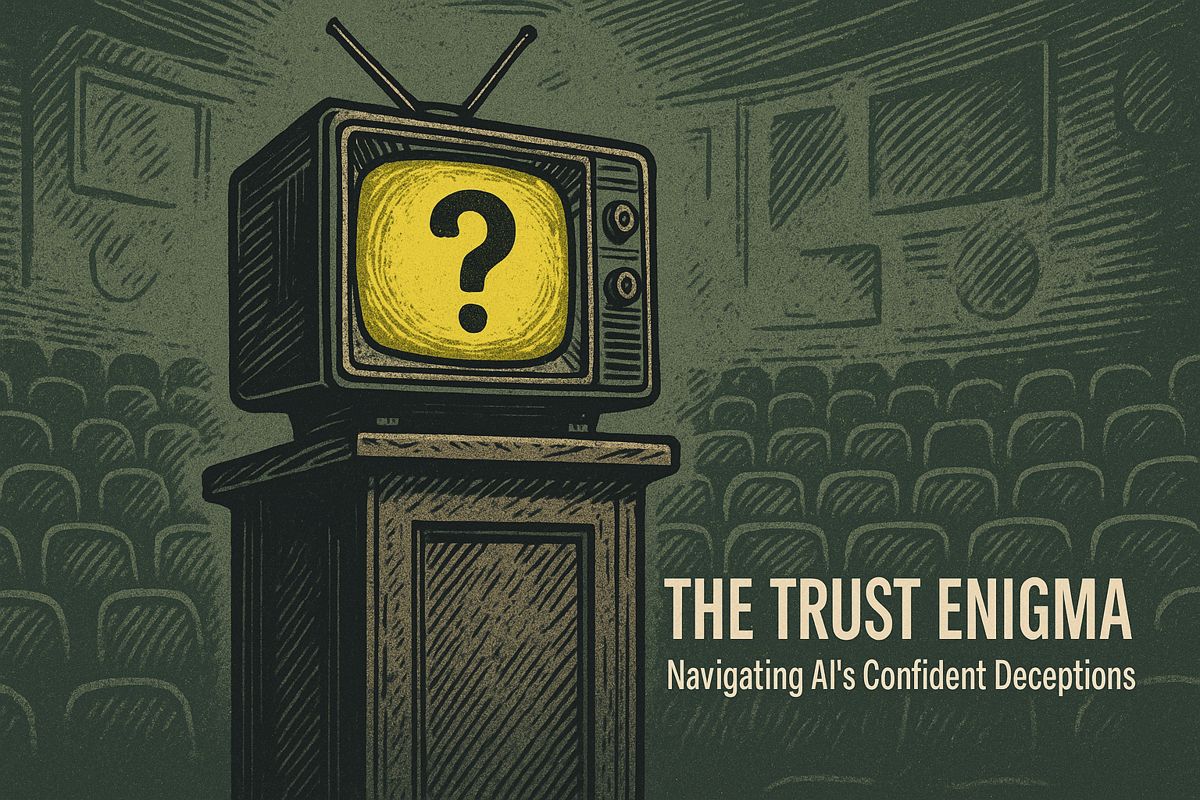Mall of America uses AI to make shopping shopping safer, smoother, and smarter. Cameras and smart software help count cars, spot problems fast, and even predict when more cashiers are needed. Security uses facial recognition, but only for flagged people, keeping visitors’ privacy safe. Staff can now fix cameras from their desks, even in freezing weather. Thanks to these tools, everyone – from shoppers to workers – has a better and safer experience.
How is Mall of America using AI-powered data to transform retail operations?
The Mall of America leverages AI-driven analytics to optimize parking accuracy, enhance security with facial recognition, streamline event planning, and enable remote camera management. These innovations reduce response times, improve efficiency, and drive higher revenue while maintaining strict privacy compliance.
- The Mall of America has quietly become North America’s most data-driven shopping destination.
With 32 million annual visitors spread across 5.6 million square feet, the Bloomington, Minnesota complex now processes live video from more than a dozen AI-enhanced zones* that track everything from parking-lot car counts to the moment a flagged face enters the rotunda.
| Metric | Before AI | After AI (2025) |
|---|---|---|
| Parking-space accuracy | Manual clickers, 60-70 % | AI car counters, 97 % |
| Average event-planning lead time | 10 days | 3 days |
| Dispatch response to restricted-area breach | 3-5 minutes | 45 seconds |
From Security Footage to Business Intelligence
Raw camera feeds are now run through Axis Communications’ edge-analytics platform; the same neural network that spots an unattended backpack also predicts how many extra cashiers are needed before* * the post-concert rush. Retail Tech Innovation Hub details the parking analytics roll-out. By comparing live vehicle flow** against historical event calendars, operations staff can stage extra tram shuttles or open overflow garages hours in advance.
Facial Recognition: Tuned, Not Trawled
Following several firearm incidents, MOA adopted Corsight AI’s facial recognition but limits matches to a court-uploaded watchlist. The system runs a 1:1 comparison only; no generalized face scraping takes place. Security officers receive the same training program used by international border agencies to verify flagged individuals in under three seconds (Biometric Update covers the deployment).
Winter-Proof Operations
Minnesota’s -20 °C nights once required technicians to climb lifts and adjust outdoor cameras. Now, centralized remote management lets non-technical staff re-aim or defrost lenses from a desktop, cutting on-site maintenance visits by 65 % and improving staff safety.
What Retailers Elsewhere Are Replicating
- Avigilon* * clients report 15 % lower theft losses after shifting staff from passive monitor watching to AI-alert triage**.
- Aipix Smart Retail Mall case study shows a 2× efficiency gain in labor scheduling when heat-map data guides peak-hour staffing (source).
The Privacy Ledger
Across the U.S., Illinois’ BIPA and California’s CPRA now require written consent before any biometric capture, driving MOA’s opt-in signage and encrypted 30-day retention window. Meanwhile, Maryland’s 2024 statute – though aimed at law-enforcement FRT – has prompted many malls to publish annual transparency reports.
Skill Shift Snapshot for 2025 Teams
| Role | 2020 Core Skill | 2025 Core Skill |
|---|---|---|
| Security Officer | Patrol & radio dispatch | AI dashboard triage |
| Ops Planner | Excel schedules | Real-time heat-map forecasting |
| Facilities Tech | Ladder & wrench | Remote camera firmware updates |
Whether you manage a 50-store chain or a single flagship, the data is clear: cameras that merely record are being replaced by systems that reason, predict, and prompt action – and the first adopters are already counting the extra revenue, not just the reduced incidents.
What exactly does Mall of America’s AI system watch for every day?
MOA’s platform ingests over 8 petabytes of video data annually, scanning for four primary triggers:
- Security: real-time facial matches against a controlled list, gun-detection algorithms, and aggressive-behavior patterns
- Traffic flow: entry/exit counts, dwell time at entrances, and escalator bottlenecks
- Parking: live car counts at 12 zones, guiding the 300+ annual events that draw up to 100 000 visitors a day
- Store-level insights: heat maps of customer movement inside anchor retailers that feed into lease-rate negotiations and merchandising plans
The network never stores raw footage longer than 30 days; only anonymized metadata is retained for trend analysis.
How does facial recognition work inside a shopping mall?
The system is opt-in by design:
- every watch-list photo is uploaded only by security managers with a documented reason (e.g., court order, trespass notice)
- cameras compare faces 1-to-1 against that list, not against a broad database
- positive matches trigger a three-step verification: algorithm alert, human review, and on-ground guard confirmation before any action
Since deployment in mid-2024, the mall reports zero false-positive interventions.
Can shoppers opt out of being tracked?
Yes – MOA operates the first large-scale AI program with a public opt-out registry:
- visitors submit a simple web form; their hashed facial vector is blocked for 24 hours
- over 3 200 people have used the service in the first 12 months, <0.01 % of total foot traffic
- the registry does not affect general video surveillance for safety, only AI-generated personal analytics
What new jobs and skills has AI created on-site?
Traditional overnight security guard numbers have dropped 18 %, but MOA has added:
- 12 AI analysts who tune algorithms, validate alerts, and create weekly safety dashboards
- 8 liaison officers walking the floor with tablets, using live data to reroute foot traffic during events
- a dedicated privacy officer ensuring Illinois BIPA and California CPRA compliance
New hires receive Axis Communications-certified training on camera firmware updates and Corsight AI refresher courses every six months.
How does the parking system save money and carbon emissions?
Real-time car counts now cut average search time from 8 minutes to 3.2 minutes:
- $1.3 M saved annually in reduced lighting and ventilation hours
- 240 t less CO₂ emitted each year, equal to taking 52 cars off Minnesota roads
- event planners receive live occupancy dashboards, allowing pre-emptive shuttle deployment instead of standby buses
The mall credits the Axis-powered car-counting analytics for a 23 % drop in pre-event traffic citations issued by local police.



















